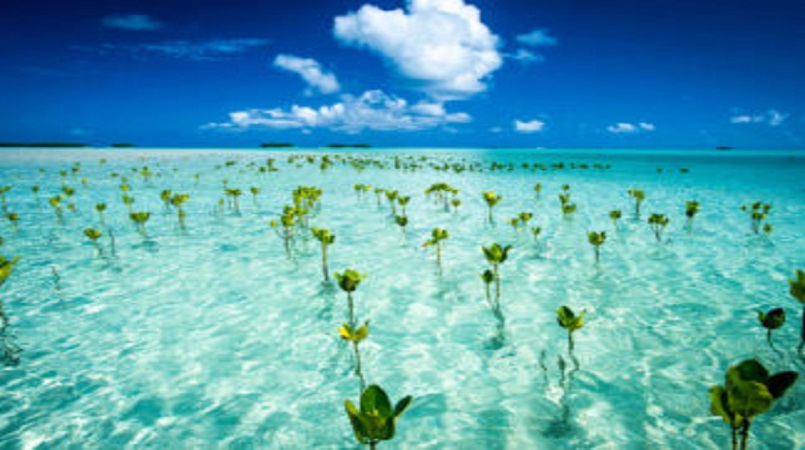
A new study by the Inter-American Development Bank (IDB) estimates that 4.2 million people in Small Island Developing States (SIDS) in the Caribbean and in the Pacific are living in areas that are prone to flooding due to rising sea levels.
In addition to coastal erosion, rising sea levels are expected to negatively impact economic output and employment and could aggravate inflation and cause an increase in government debt, according to the study, A Blue Urban Agenda: Adapting to Climate Change in the Coastal Cities of Caribbean and Pacific Small Island Developing States.
“Caribbean and Pacific coastal cities are on the frontlines of climate change,” said Michael Donovan, Senior Urban Specialist at the IDB, co-author of the study.
“It is critical to adapt and improve the resilience of cities in coastal zones, especially those experiencing rapid urbanisation.
Mayors in port cities across the globe could benefit from the policies that Small Island Developing States are developing as their governments respond to coastal transformation,” he added.
One out of five residents of Caribbean and Pacific SIDS lives in low-elevation coastal zones, which are defined as areas with elevations less than 10 meters above sea level.
This is most extreme in The Bahamas and the Republic of the Marshall Islands, where over 80 percent of the population lives at low elevations, the study said.
The good news is that the international community has begun responding to the challenge. The study reviews aid and private sector flows totalling US$55.6 billion provided to Caribbean and Pacific SIDS over a 20-year period ending in 2015 and found that increasing emphasis has recently been placed on comprehensive programs for strengthening coastal city resiliency.
The report also analyses how Caribbean and Pacific SIDS have leveraged nearly US$800 million in green climate funding to support coastal resilience.
“The donor community and the SIDS have been innovative in their efforts to solve this problem in the context of what is known as the ‘Blue Urban Agenda’.
The challenge facing SIDS government officials is investing in protection of their highly vulnerable coastal cities before the damage occurs,” said Michelle Mycoo, lead author from the University of West Indies, St. Augustine, located in Trinidad and Tobago.
The study reviewed the efforts made by Caribbean and Pacific SIDS to implement adaptation strategies aimed at reducing vulnerability and enhancing sustainability.
It shows an increasing emphasis on urban governance and institutional capacity building within city planning agencies.
The report also includes several policy recommendations for making towns and cities more resilient to climate change.
Those measures include improving coastal planning, land reclamation, coastal setbacks, enforcement of building codes, climate-proofing infrastructure, mangrove reforestation, and coastal surveying and monitoring.
The report analysed more than 50 projects in SIDS financed by the IDB, United States Agency for International Development (USAID), World Bank, UN-Habitat, Japan International Cooperation Agency (JICA), German Corporation for International Cooperation (GIZ), Asian Development Bank, European Union, UK Department for International Development (DFID), UNDP, CARICOM, Australian Agency for International Development (AUSAid), and the Pacific Community.
These projects are located in Bridgetown (Barbados), Kingston (Jamaica), Suva (Fiji), Majuro (Marshall Islands), Nassau (Bahamas), Port-au-Prince (Haiti), Port Moresby (Papua New Guinea), and other coastal cities.
This is the first report from the IDB to compare coastal cities in ecologically fragile Caribbean and Pacific Small Island Developing States.
The IDB plans to share lessons learned from SIDS with Brazil, where 13.5 million people live in low-elevation coastal zones.
